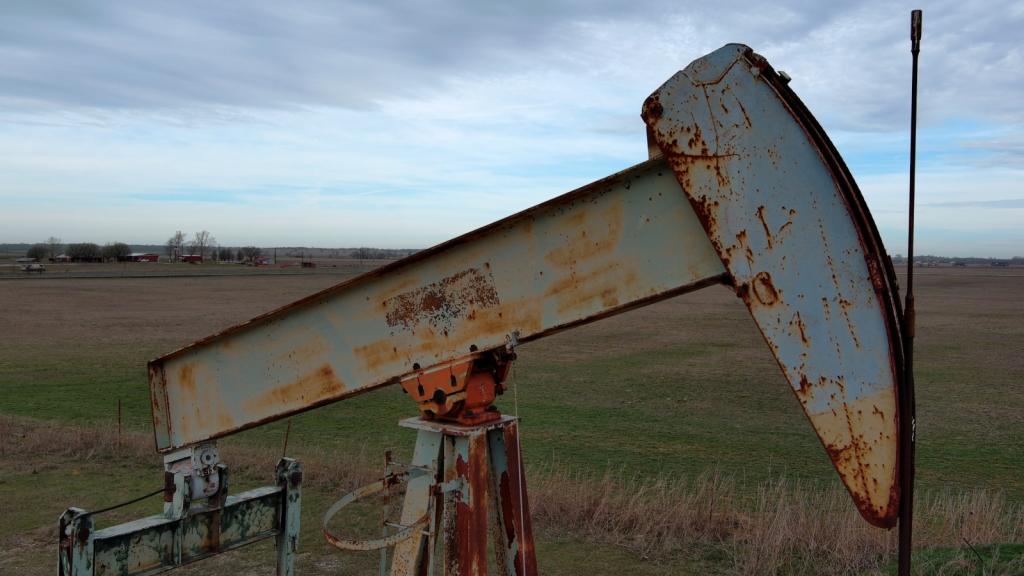Christina Larson — who occasionally contributes to this very blog — has an important piece in Washington Monthly called "The Emerging Environmental Majority." While it’s a great article and an important contribution to the discussion about where environmentalism’s heading, I think a couple of crucial points are, at the very least, tenuous, and deserve further defense or elucidation.
Larson tells, in condensed form, the history of the environmental movement. It began in the 19th century as conservationism — an effort to protect open land and wilderness, mainly backed by gentlemen sportsmen and hunters. Through ebbs and flows, it retained that basic character up through the early 1960s, when Rachel Carson’s Silent Spring crystallized a new urban environmentalism, concerned with the toxic effects of industrialization on human health and urban air and water.
For a brief, shining moment in the ’70s, these two strains of environmental consciousness united in a broad social movement and won a series of landmark victories. Those victories gave birth to the professional environmental class, a set of groups that set up camp in D.C. to ride herd on the feds to enforce the new laws. A new distance between the "movement" and the ruralites who gave it birth left it highly vulnerable.
Which brings us to my first point of contention. Larson puts this first:
But with the emergence of the animal-rights movement, a growing number of urban and suburban Americans, with little experience of farms or slaughterhouses, came to view hunting as backward or barbaric. Local chapters of some green groups, including the Sierra Club, campaigned to prevent or curtail state hunting seasons. This put greens and hunters directly at odds.
And this second:
The seeds of the modern anti-environmental backlash were sown in the late 1970s, when conservative leaders came to see environmentalism, together with Nader’s consumer-safety movement, as threats to commercial enterprise. …
… Former logging-industry consultant Ron Arnold and his business partner Alan Gottlieb realized that "industry can’t stand alone," as Arnold told journalist David Helvarg. "It needs a grassroots movement to fight for its goals." Thus was born the "wise-use" movement, a loose network of new organizations with names like People for the West! formed to undercut support for environmental crusades. Vilifying greens proved easier than vilifying green policies, which the public largely supported. In lectures, books, and media appearances, wise-use advocates hammered home the image of environmentalists as out-of-touch, tree-hugging, people-hating, dope-smoking elitists. In one 1984 presentation to chemical manufacturers, Arnold advised, "I would strongly suggest that you do everything possible to associate the word anti-pesticide with the word marijuana."
Perhaps it’s not a huge point, but my own feeling is that the first trend ( urban and suburban lefties turning on conservationists and enacting restrictions on hunting) is far less significant than the latter (a coordinated effort by industry to demonize environmentalism). Citing them in the order Larson does implies the first caused or, more charitably, enabled the latter. But the latter was inevitable; it smacks of blaming the victim to say otherwise.
The second point on which I’m somewhat skeptical is this: Larson makes the case that the two strands of environmentalism are in the process of reuniting after decades of hostility. She bases this on their two common enemies.
The first is the disappearance of open land in the West, a combination of drill-friendly Bush policy and rampant development. Now, it’s true that enviros and the hook-and-bullet crowd are making common cause on this issue, but it’s not clear to me whether they’re working together, forming coalitions, or just working on the same issues (side by side, as it were). This may be a case of moving in the same direction for a while rather than uniting in any substantive sense.
The second is global warming, which one quoted activist says will be "the glue that brings everyone together."
Maybe. But it all rides on this crucial point, from the final ‘graph:
Conservatives may try to counter the emergence of this new environmental majority with greener rhetoric or by scaling back on favors to extractive industries. But it is hard to fathom how today’s conservative elected officials could bring themselves to champion aggressive regulations on carbon emissions and other ambitious measures to control global warming, which would require a direct hit on the very industries that hold up the roof of the current Republican Party.
But what’s required of conservatives to retain the loyalty of those in its coalition concerned about global warming is not "aggressive regulations on carbon emissions." What’s required is just that they do something about global warming. Could they do something about it without losing the industries that "hold up the roof"?
Why yes, they could. They could shovel subsidies at biofuels, which will enrich their huge agribusiness and oil company friends (who else will grow the corn and sell the ethanol?). They could shovel subsidies at "clean coal," thus enriching the coal industry. They could shovel subsidies at nuclear power.
Today’s conservative elected officials have proven virtuosos at channeling public concern into "solutions" that mainly serve to enrich their friends (see: Medicare drug benefit).
That’s the game they play, and they’ve gotten away with it over and over again. I don’t see any reason they couldn’t do it again. Indeed, they’re doing it as we speak. Environmentalists are still getting demonized as economy-destroyers (and terrorists). Sportsmen and hunters are still being pandered to with fake solutions.
Maybe this time, on this issue, they’ll fall on their faces. But I’m not as sanguine as Larson.

